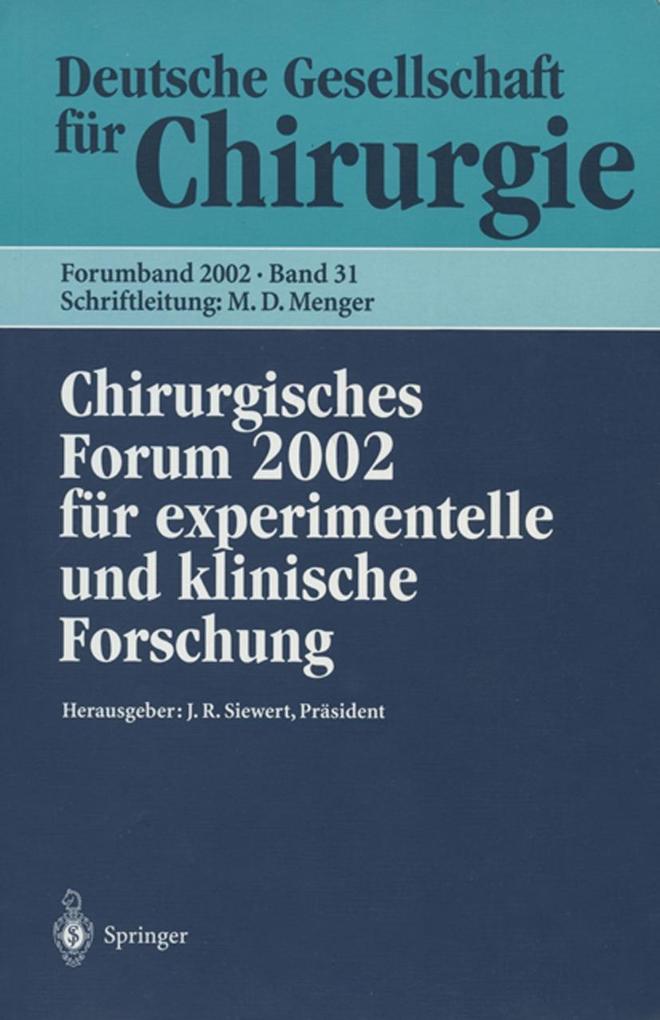Inhaltsverzeichnis
Angiogenesis and angiogenesis inhibition: An overview. - Significance of angiogenesis in human disease. - Role of the macrophage in angiogenesis-dependent diseases. - Angiogenesis in human gliomas: Prognostic and therapeutic implications. - Regulation of angiogenesis in malignant gliomas. - Lymphangiogenesis: Mechanisms, significance and clinical implications. - Angiogenesis as a biologic and prognostic indicator in human breast carcinoma. - Molecular mechanisms of angiogenesis regulation. - Control of angiogenesis by cytokines and growth factors. - Fibroblast growth factors as angiogenesis factors: New insights into their mechanism of action. - Regulation of angiogenesis by scatter factor. - Vascular endothelial growth factor: Basic biology and clinical implications. - Vascular permeability factor/vascular endothelial growth factor: A multifunctional angiogenic cytokine. - Angiogenesis inhibition. - Angiostatin: An endogenous inhibitor of angiogenesis and of tumor growth. - Thrombospondin as a regulator of angiogenesis. - Regulation of angiogenesis by cell-matrix cell-cell and other interactions. - Regulation of capillary formation by laminin and other components of the extracellular matrix. - Hypoxia and angiogenesis in experimental tumor models: Therapeutic implications. - The role of vascular cell integrins ? v? 3 and ? v? 5 in angiogenesis. - Role of fibrin and plasminogen activators in repair-associated angiogenesis: In vitro studies with human endothelial cells. - Tumor angiogenesis: Functional similarities with tumor invasion. - Control of angiogenesis by the pericyte: Molecular mechanisms and significance.

































